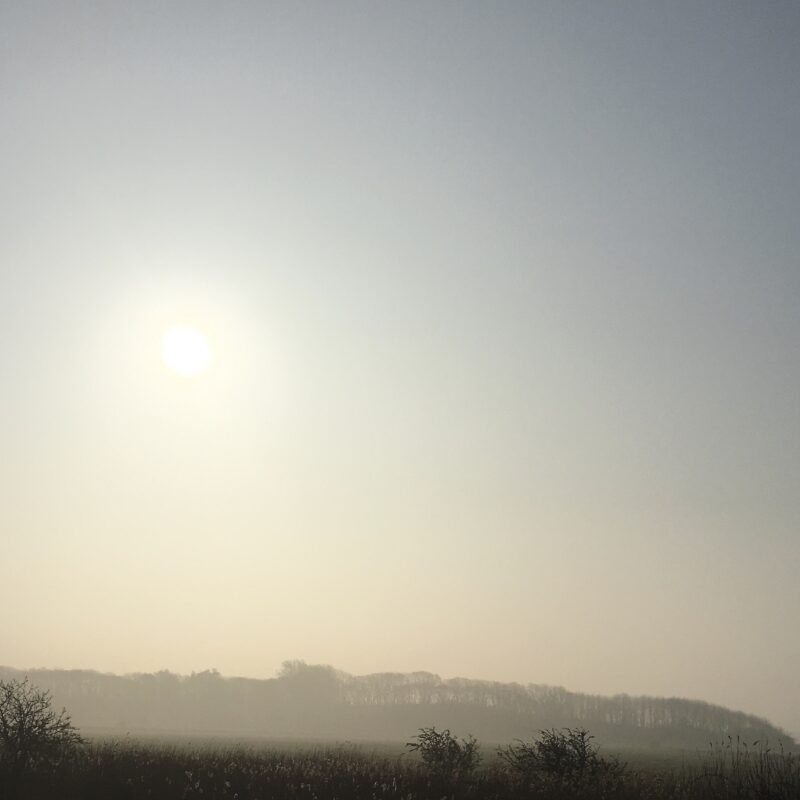
It all began approximately ten years ago when I was diagnosed with rosacea and prescribed the standard treatment, which (at the time) consisted of Rozex (cream) and Lymecycline (antibiotics). Despite prolonged use for almost two years, my skin worsened.
After multiple visits to various GPs and a dermatologist, my self-confidence hit an all-time low; I decided to try alternative therapies as an option to conventional medicine. I felt let down by the medical profession; I wanted answers rather than being sent on my way with prescriptions and a “just get on with it” mentality. Having a deep interest in the human body from a physiological and psychological perspective, the journey began to delve into the scientific mechanisms behind rosacea.

My first port of call was an alternative medical practitioner who combined acupuncture with nutritional advice. The typical culprits of gluten and dairy were eradicated from my diet, as they often exacerbate rosacea due to their inflammatory properties. At the same time, I was given acupuncture in conjunction with nutritional advice; I noticed a slight improvement in my skin following these changes.
I stuck to a gluten and dairy-free diet and visited the alternative therapist for over a year, increasing the time between sessions. One unexpected change was my nocturnal body temperature; I had always been prone to night sweats, as well as insomnia. Despite a slight improvement in my rosacea, the intensity of the rash slowly returned along with the discomfort, involving sensations of heat, itching, and watery blisters. Dissatisfied, I conducted a ‘Google image’ search; a picture of a facial rash with the description ‘histamine intolerance’ caught my attention, which opened yet another avenue to explore.
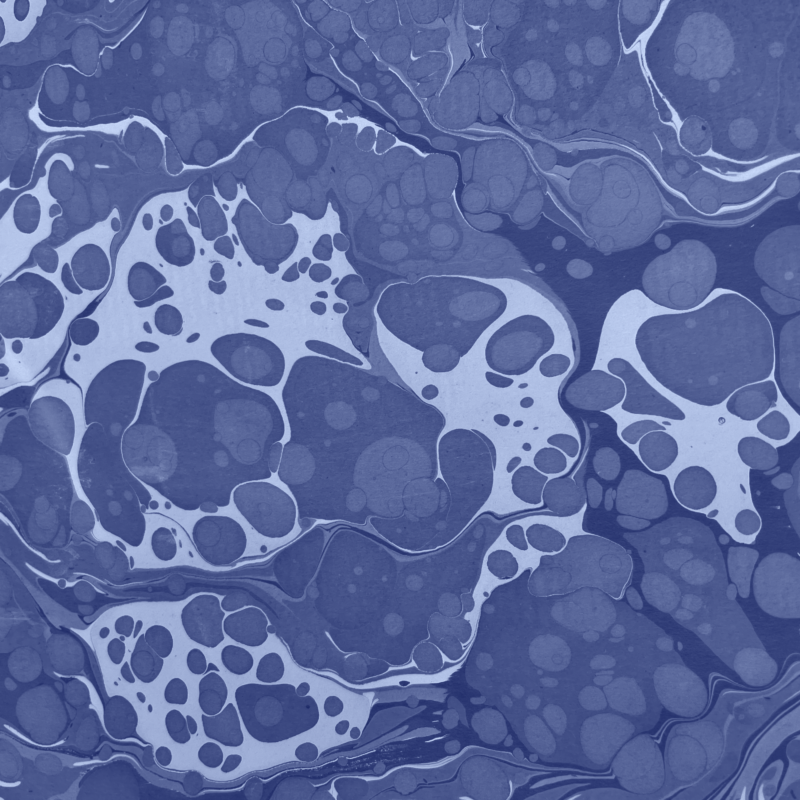
As the rosacea returned, I decided it would be beneficial to visit another nutritionist, as the connection between my skin and other symptoms seemed plausible. I’d been experiencing various symptoms, including sneezing fits immediately after eating, rashes on my forearms, itchy scalp and inner ears, heart palpitations, migraines, and puffy eyelids, to name but a few. Convinced I was histamine intolerant, receiving confirmation was a relief. The nutritionist asked me to keep a food diary and record any symptoms which worsened when consuming high-histamine foods. Adopting a low-histamine diet reduced all symptoms; within three days, I felt “alive”, having suffered from low energy levels, among other issues. My skin greatly improved, looked less aggravated, and felt internally soothed. At the same time, I decided to transform other areas of my life, which included reducing stress as much as possible and replacing all skincare, makeup, hair care, laundry detergents, and household products with ones that were non-toxic and organic where possible.
For a few years, I felt sure everything was under control, rosacea wise and other symptoms relating to histamine intolerance. I stuck to the low histamine diet and continued with my regime to reduce exposure to toxins. Unfortunately, the diverse range of symptoms returned with time, resulting in further research into physiology in a bid for answers.
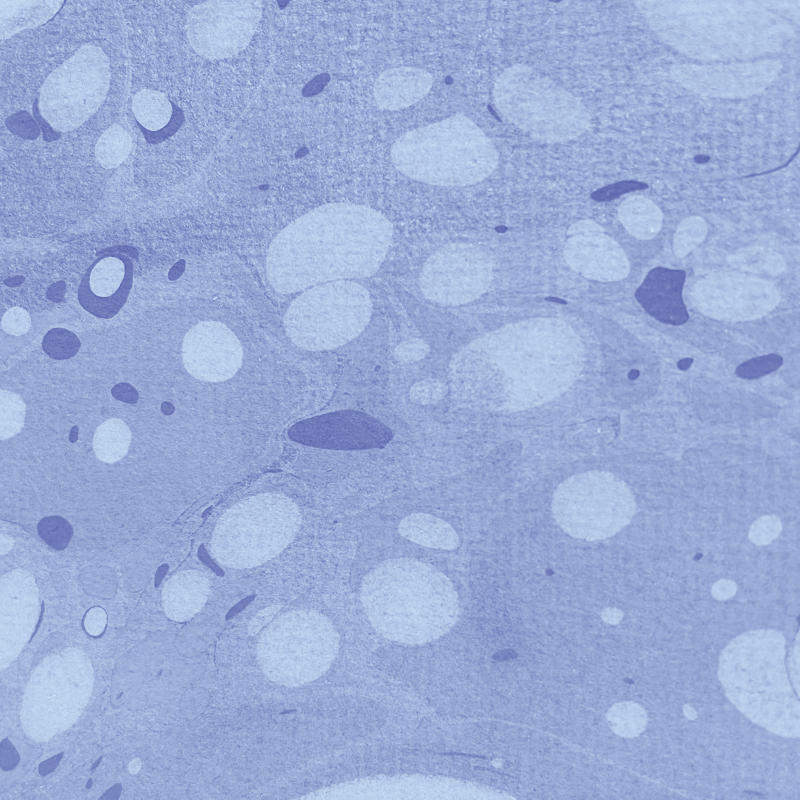
Following further online research, mast cells and their role within the body concerning skin conditions such as rosacea, including the relationship to histamine intolerance, caught my attention. Due to symptoms worsening and feeling I might never find a solution, I was recommended an immunologist by an official Facebook group for sufferers with Mast Cell Activation Syndrome.
The consultant conducted a few tests, which involved gently scraping down my back with a spatula. I felt a burning, itchy sensation, confirmed by a raised wheal. The immunologist concluded Dermatographia, an indicator of Mast Cell Activation Syndrome (MCAS). The appointment confirmed that I was on the lower end of the MCAS spectrum; another piece of the puzzle had fallen into place.
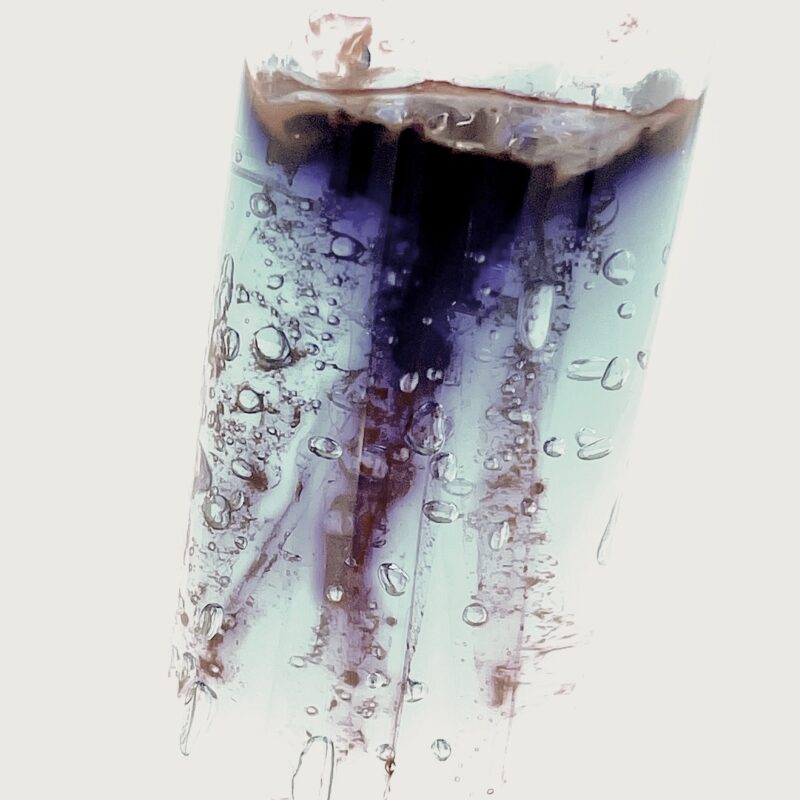
Time went on with no symptomatic improvement. Despite this, a deeper understanding of mast cells and their role in many physiological processes was achieved. Another symptom appeared; joint pain; coupled with fatigue and migraines, I began to feel like someone three times my age as opposed to someone in their mid-20’s. I decided to take another trip to the GP and happened to see a new doctor. She was incredibly understanding and suggested I had a full panel of blood tests, as there was a possibility all of my issues were related to an autoimmune condition, notably ‘Lupus’. I was worried about what tests might reveal but was determined to get to the root cause.
Despite results coming back ‘negative’ I was keen to receive the breakdown from the lab, and what I discovered deepened the desire to expand my knowledge further. My autoimmune profile caught my attention – notably the Serum Antinuclear Antibody (ANA) level and pattern, which came back as ‘Weak Positive’ (1:80), with a ‘Homogenous/Speckled’ Pattern. Could all my random symptoms be down to an autoimmune issue? If not something diagnosable, maybe there was the chance my immune system had gone into overdrive – mistakenly attacking my body rather than only putting up defences as and when required.
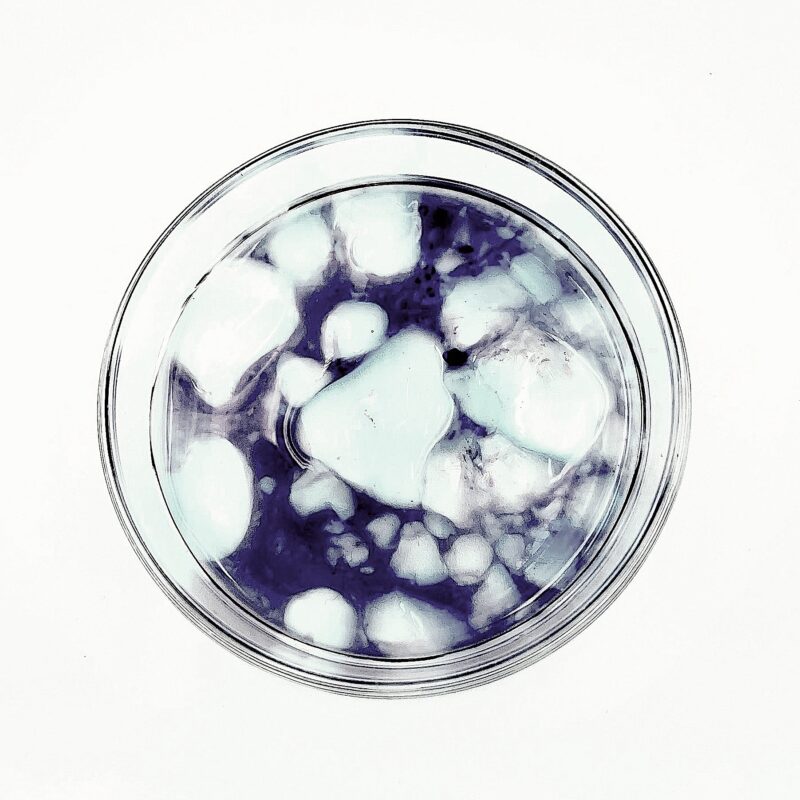
The research and reading continued, and there was much to sift through. My first goal was to find an explanation behind my autoimmune profile – an ANA at a dilution/titre of 1:80 is borderline, occurring in 10-15% of healthy people. Despite my ‘weak positive’ result, the likelihood of nothing worrisome was a strong possibility – still, this did not diminish my curiosity.

Over the years, I have discovered how to manage my rosacea and keep it under control. The occasional flare-ups occur; however, it has drastically improved (dare I say, almost returned to normal), thanks to many factors. These include: reducing the overall toxic load (internally and externally) through using natural skin care products, adopting a clean diet wherever possible, daily exercise, and ensuring adequate sleep. Despite a dramatic improvement, I am always keen to explore new products that reduce facial redness and sensitivity. Maintaining optimal health, physically and mentally, is also a key priority.
Chapman, J. (2016) ‘What is a positive ANA and what does it mean?’, Rheum Doctor.
Available At: http://rheumdoctor.com/what-is-a-positive-ana/
Accessed: 30th April 2021.
Eustice, C. (2019) ‘Understanding the ANA blood test (Antinuclear Antibody Test)’, VeryWell Health.
Available At: https://www.verywellhealth.com/what-is-an-ana-test-antinuclear-antibody-test-189604
Accessed: 30th April 2021.
Hoffman, B. (2017) ‘Mast Cell Activation Syndrome and Histamine: When Your Immune System Runs Rampant’, Hoffman Centre For Integrative and Functional Medicine.
Available At: https://hoffmancentre.com/mast-cell-activation-syndrome-histamine-immune-system-runs-rampant/
Accessed: 30th April 2021.